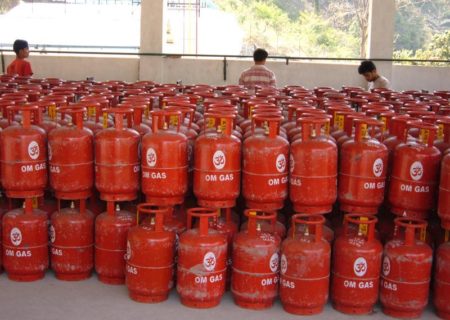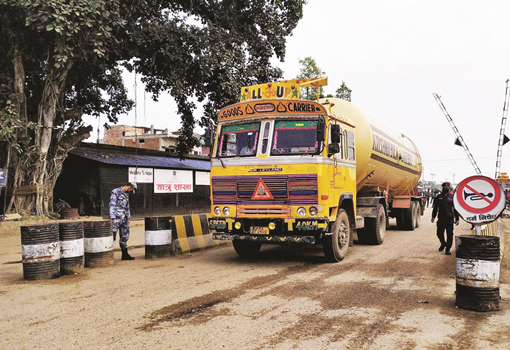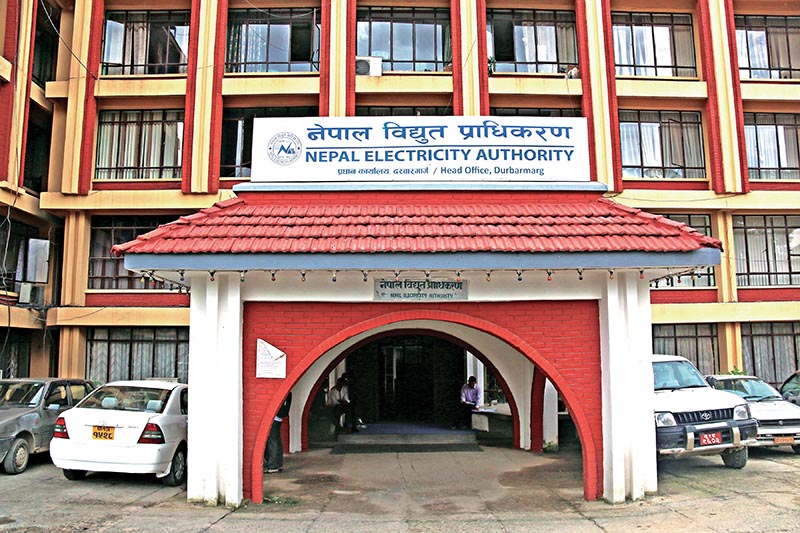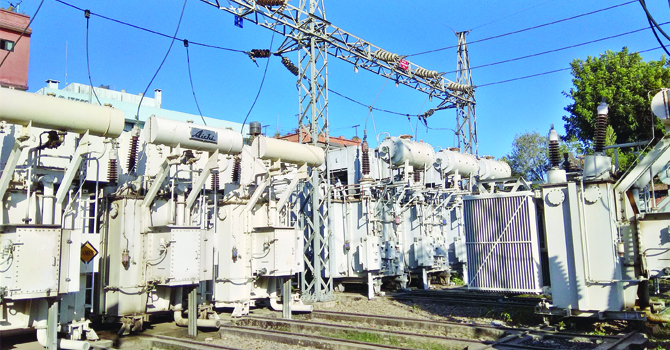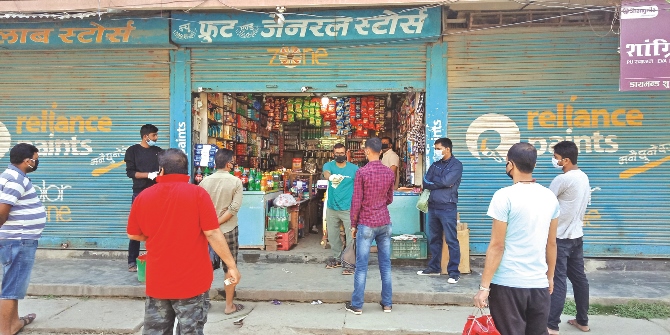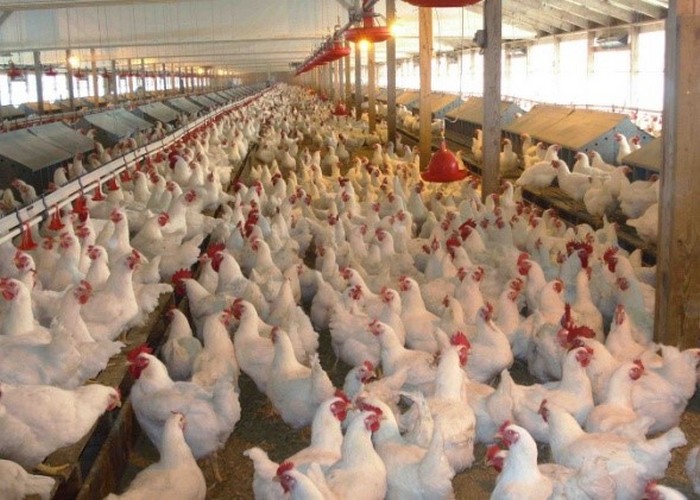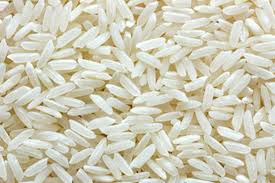Nepali agriculture: From manual labour to mechanisation
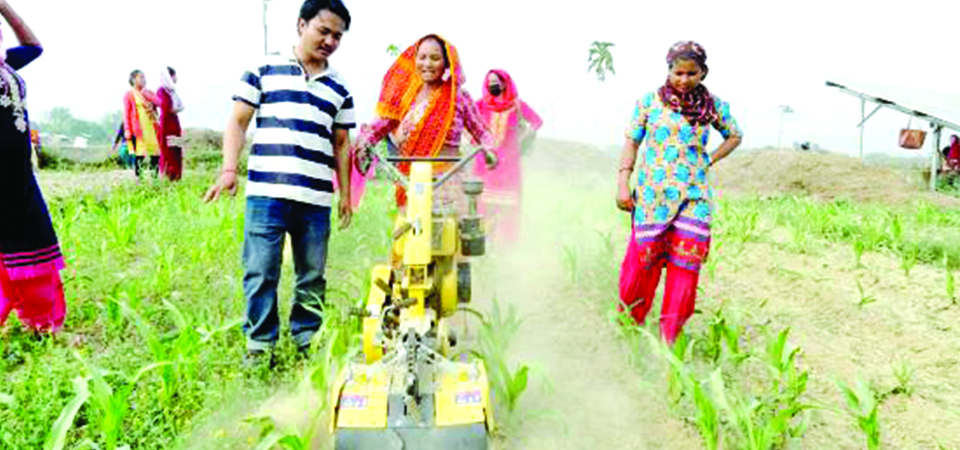
By Laxman Kafle
Lamahi (Dang), Mar. 21: The government has placed a priority to modernise and commercialise agriculture to achieve self-reliance in agro products. The aim is to bring a timely change in the mode of traditional farming done for subsistence. This sector being still the mainstay of Nepali economy, the focus is to mechanise the tilling, weeding and harvesting and to expand market infrastructure.
Traditional agricultural system based on spade, plow and oxen is now being gradually replaced with modern tools to minimise manual labour input and to increase agricultural production.
Government officials and farmers look happy about the shift being brought about in farming under the Prime Minister Agriculture Modernsiation Project (PMAMP). The project was introduced in the fiscal year 2016/17 for commercialisation of agriculture to be implemented in different pockets, blocks, zone and super zone clusters.
Use of agricultural machineries in the Terai and inner-Terai plains has already enhanced productivity and brought profits. Encouraged by the outcomes from the use of modern machines in place of traditional farm tools, the government is working to bring in and use modern agricultural tools for better outputs.
Small and fragmented land holdings, subsistence nature of agriculture and poor infrastructure have stood as major constraints for the slow pace of mechanisation and modernisation of agriculture in Nepal.
Uses of technology from seeds production to crops harvest
Mahendra Nath Poudel, senior monitoring and evaluation officer at the Prime Minister Agricultural Modernisation Project (PMAMP) said that use of modern technology in the agriculture sector has been growing over the recent years.
New tools and technologies are being applied in different works ranging from planting crops to harvesting, which reduces the use of manpower and enhances production.
“Nepal has adopted technologies in different areas of farming including paddy, potatoes, maize and wheat and it is a big achievement for Nepal. However, it is not sufficient,” Poudel told The Rising Nepal.
At present, farmers in many districts, including Chitwan and Bardiya are using modern tools for growing paddy saplings in nursery, planting, harvesting and threshing.
However, in the hills and mountains, farmers still rely on traditional tools to do farming. The method is being replaced by modern tools. The government has been providing subsidies of up to 85 per cent on agricultural tools in a bid to mechanise and commerclise farming.
About 60 per cent people in Nepal are engaged in farming and it is a must to reduce the human labour in agriculture through mechanisation.
Mechanisation in maize farming
Dang district in Lumbini Province boasts of the use of machines in agricultural activities especially in maize farming in recent years.
Rubiya Chaudhari, a farmer of Lamahi-7, said that they used to depend on traditional plough to grow crops until eight years ago. “But now modern machines have replaced the plough in most of the places here,” she added.
Mahesh Regmi, senior agriculture Officer and chief of Prime Minister Agriculture Modernisation Project (PMAMP), Project Implementation Unit, Dang, said that the use of modern machines is in use in maize farming for multi crop seed drilling.
Tractor operated corn seed drill with the capacity to plant seeds on one bigha of per hour has reduced the investment of farmers by 65-70 per cent.
Farmers are using mini tiller, power tiller operated weeder and big tractor in the maize super zone area. Similarly, corn harvester, corn sheller, multi corn thresher and maize de-husker cum sheller are also being use, he said.
Under the maize super zone programme, about 4,800 farmers are directly involved in mechanised maize farming. Maize is produced in about 23,000 hectares of land. Out of that, 6,500 hectares of land fall under the maize super zone. The area produces maize thrice a year. Maize is produced in winter, spring and summer in Dang.
Cost of production less up to 70 per cent
The cost of production has dropped up to 70 per cent after the use of machine technology, Regmi said.
“The technologies proved that the cost of production of maize here in Dang reduced to Rs. 10 per kilogram while it used to be above Rs. 25 per kilogram in the traditional system,” he said.
Maize productivity of per hectare of land has increased to 6-7 tonnes per hectare from 4 tonnes per hectare.
He said that about 25 customs hiring centers are operating through the cooperatives, farmers groups and the companies in the district under the super zone and zones programmes. Customs hiring centres purchase machines in 50 per cent subsidy. Farmers can rent the machines at a reasonable rates.
Coordinator of Maize Super Zone and chairman of Satbariya Agriculture Cooperative Deumani Chaudhary said that almost all farmers have benefited from the machines.
“Farmers are happy after earning profits. We are providing service to farmers based on first come first service basis,” he said.
Seed production and processing
Hybrid maize seeds are being produced at the farmer level in Dang with the use of grading and processing machines and grain drying machine.
The project is providing technical and financial assistance for hybrid production in 13 bighas and improved seed production in 15 bighas.
The Seed Processing Unit has been established through the cooperative for grading, processing and treatment of seeds produced from farmers, Regmi said.
About 20-30 tonnes of maize seeds and about 200 tonnes of other farm products are being sold annually. This will save the nation millions of rupees to be spent to import maize seeds.
Agro by-product utilisation
While making significant improvements in maize threshing and seed production, the project has been producing cattle feed by utilising the straw and other waste materials. This has removed animal feed shortage and increased farmers’ incomes.
Two industries have been set up to make sailage and pellet grains and some industries are in the process of being set up this year as well, Regmi said.
Industries are buying green maize plants from the farmer to produce green and dry fodder for cattle. Green maize plants sell at Rs. 4.30 per kilogram and dried maize plants at Rs. 7 per kg.
Recent News

Do not make expressions casting dout on election: EC
14 Apr, 2022
CM Bhatta says may New Year 2079 BS inspire positive thinking
14 Apr, 2022
Three new cases, 44 recoveries in 24 hours
14 Apr, 2022
689 climbers of 84 teams so far acquire permits for climbing various peaks this spring season
14 Apr, 2022
How the rising cost of living crisis is impacting Nepal
14 Apr, 2022
US military confirms an interstellar meteor collided with Earth
14 Apr, 2022
Valneva Covid vaccine approved for use in UK
14 Apr, 2022
Chair Prachanda highlights need of unity among Maoist, Communist forces
14 Apr, 2022
Ranbir Kapoor and Alia Bhatt: Bollywood toasts star couple on wedding
14 Apr, 2022
President Bhandari confers decorations (Photo Feature)
14 Apr, 2022



